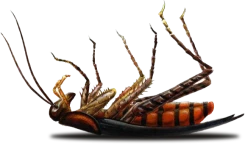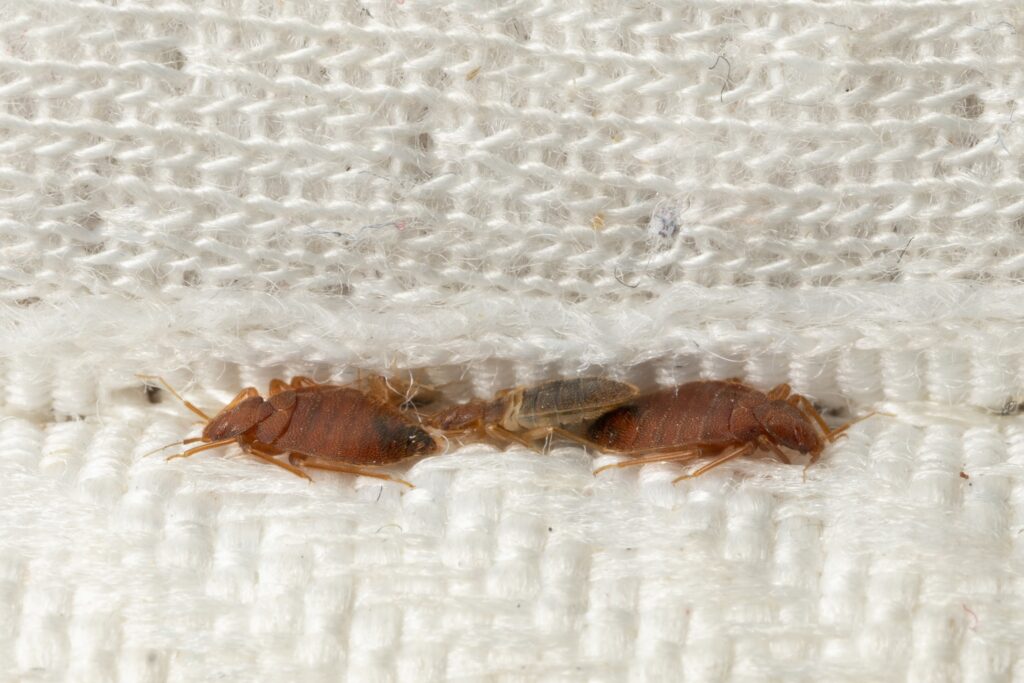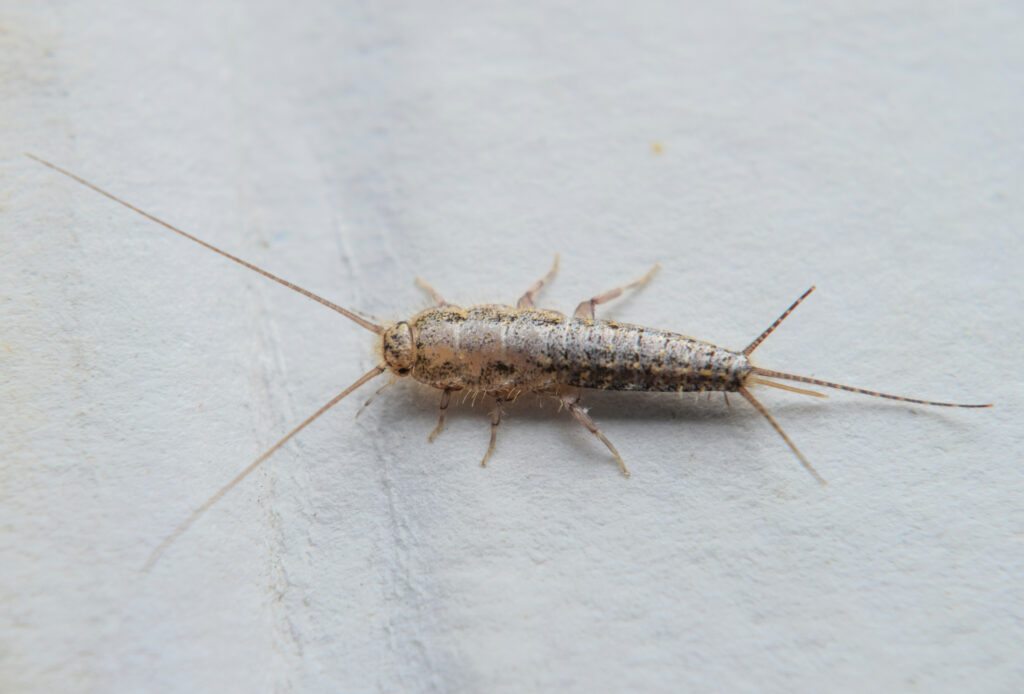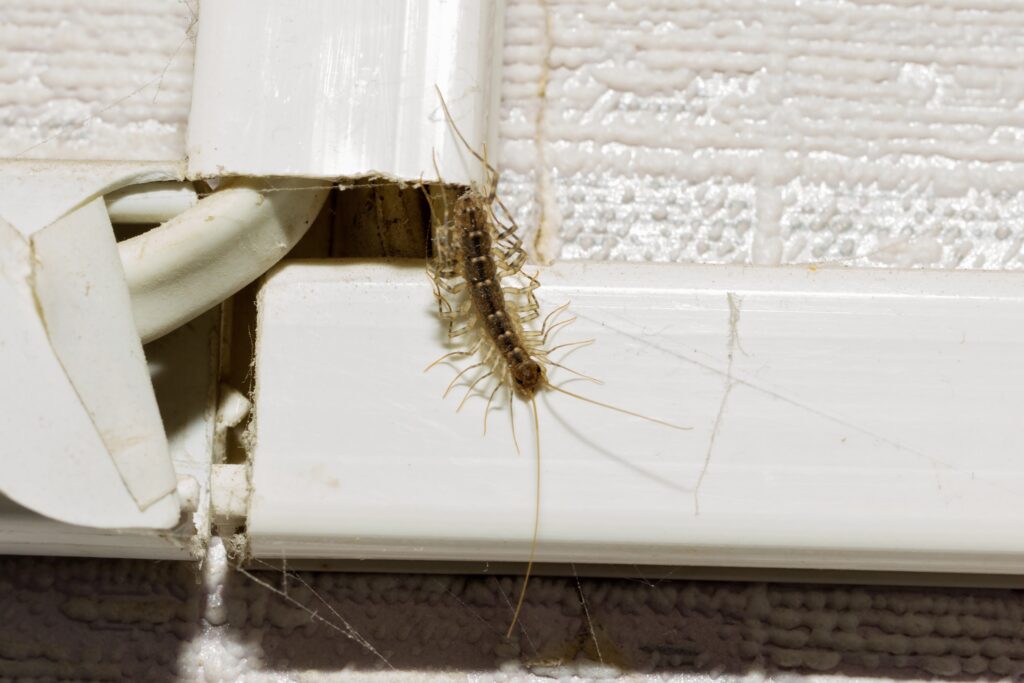Beneficial Besties: Potter Wasps
Once you see their nests, it’s easy to understand why this wasp is named the Potter Wasp. They construct jug-like brood nests that resemble pots. These small brood cells are made of mud and house the immature potter wasps. These solitary wasps emerge from the nest by chewing a round hole through the side, making the nest look even more like a jug or pot. The adults from fly from roughly June to October, feeding on flower nectar.
More importantly, and making them a beneficial bestie, adult potter wasps prey on caterpillars, spiders, moth and beetles larvae. An adult wasp will lay a single egg in an empty brood cell and then set out to provision it for the larva. Potter wasps paralyze their prey, such as a caterpillar, and then place it in the cell. Once the egg hatches, it begins to feed for a few weeks before entering the pupa stage, eventually completing its life cycle over the course of a few weeks.
So, if you see a potter wasp, take a moment to appreciate their role in fighting the caterpillars, moths and beetles that attack ornamentals in your landscape.


Why Choose Us?
Providing Reliable Pest & Wildlife Solutions Since 1939
At Home Paramount Pest Control, we have been dedicated to delivering reliable pest and wildlife management solutions for over 85 years. Our long-standing presence in the industry speaks volumes about our commitment to excellence and customer satisfaction. When you trust our team, you can always count on:
- Customized solutions to suit your specific needs
- Same-day service availability for pest infestation emergencies
- High-quality green products that are safe for the environment
- Complimentary pest inspections
- Affordable financing solutions tailored to your budget
Call us at 888-888-4663 to get started with a free pest inspection for your property today!
Learn More




